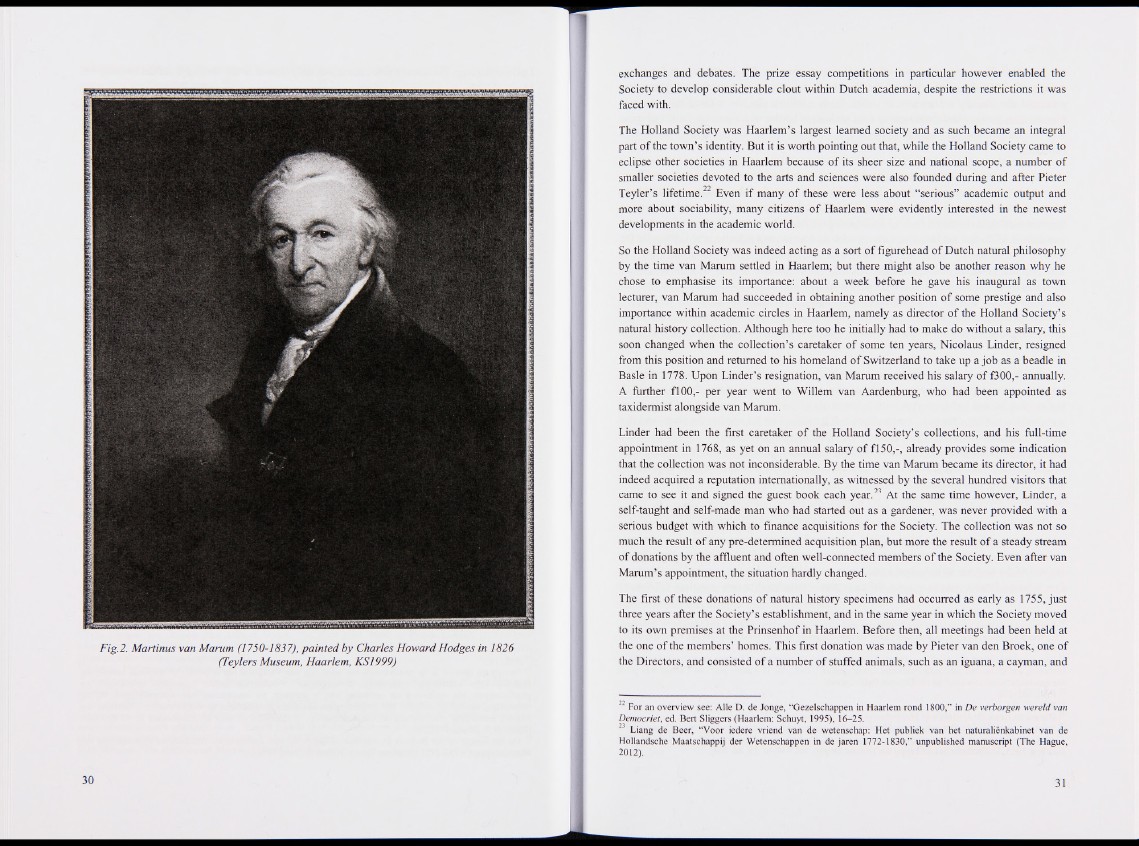
Fig.2. Martinus van Marum (1750-1837), painted by Charles Howard Hodges in 1826
(Teylers Museum, Haarlem, KS1999)
exchanges and debates. The prize essay competitions in particular however enabled the
Society to develop considerable clout within Dutch academia, despite the restrictions it was
faced with.
The Holland Society was Haarlem’s largest learned society and as such became an integral
part of the town’s identity. But it is worth pointing out that, while the Holland Society came to
eclipse other societies in Haarlem because of its sheer size and national scope, a number of
smaller societies devoted to the arts and sciences were also founded during and after Pieter
Teyler’s lifetime.22 Even if many of these were less about “serious” academic output and
more about sociability, many citizens of Haarlem were evidently interested in the newest
developments in the academic world.
So the Holland Society was indeed acting as a sort of figurehead of Dutch natural philosophy
by the time van Marum settled in Haarlem; but there might also be another reason why he
chose to emphasise its importance: about a week before he gave his inaugural as town
lecturer, van Mamm had succeeded in obtaining another position of some prestige and also
importance within academic circles in Haarlem, namely as director of the Holland Society’s
natural history collection. Although here too he initially had to make do without a salary, this
soon changed when the collection’s caretaker of some ten years, Nicolaus Linder, resigned
from this position and returned to his homeland of Switzerland to take up a job as a beadle in
Basle in 1778. Upon Linder’s resignation, van Mamm received his salary of f300,- annually.
A further flOO,- per year went to Willem van Aardenburg, who had been appointed as
taxidermist alongside van Mamm.
Linder had been the first caretaker of the Holland Society’s collections, and his full-time
appointment in 1768, as yet on an annual salary of fl50,-, already provides some indication
that the collection was not inconsiderable. By the time van Mamm became its director, it had
indeed acquired a reputation internationally, as witnessed by the several hundred visitors that
came to see it and signed the guest book each year. At the same time however, Linder, a
self-taught and self-made man who had started out as a gardener, was never provided with a
serious budget with which to finance acquisitions for the Society. The collection was not so
much the result of any pre-determined acquisition plan, but more the result of a steady stream
of donations by the affluent and often well-connected members of the Society. Even after van
Mamm’s appointment, the situation hardly changed.
The first of these donations of natural history specimens had occurred as early as 1755, just
three years after the Society’s establishment, and in the same year in which the Society moved
to its own premises at the Prinsenhof in Haarlem. Before then, all meetings had been held at
the one of the members’ homes. This first donation was made by Pieter van den Broek, one of
the Directors, and consisted of a number of stuffed animals, such as an iguana, a cayman, and
2 For an overview see: Alle D. de Jonge, “Gezelschappen in Haarlem rond 1800,” in De verborgen wereld van
Democriet, ed. Bert Sliggers (Haarlem: Schuyt, 1995), 16-25.
23 Liang de Beer, “Voor iedere vriend van de wetenschap: Het publiek van het naturaliènkabinet van de
Hollandsche Maatschappij der Wetenschappen in de jaren 1772-1830,” unpublished manuscript (The Hague,
2012).